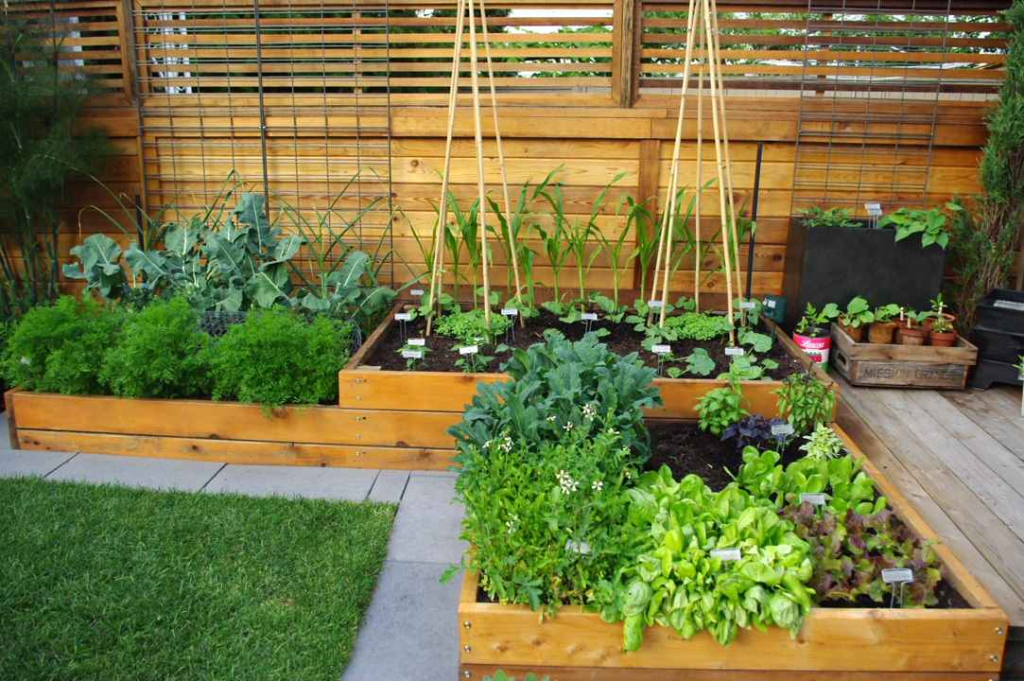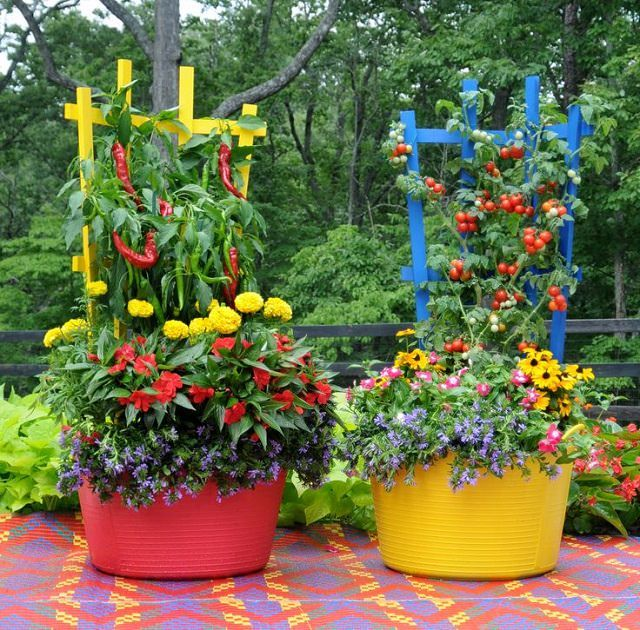The Ultimate Guide to a Thriving Backyard Vegetable Patch
There’s something profoundly satisfying about growing your own vegetables. A backyard vegetable patch not only provides a steady supply of fresh produce but also promotes self-sufficiency, sustainability and a deeper connection to nature. If you’re ready to embark on this rewarding journey, this guide will help you design the most efficient backyard vegetable patch, explore the top five setups and understand just how much you can produce from even a small patch.

Why Start a Backyard Vegetable Patch?
Whether you’re a seasoned gardener or a complete novice, starting a backyard vegetable patch is one of the most fulfilling hobbies you can undertake. Here’s why:
- Fresh, Organic Produce: No more wondering about pesticides or preservatives. You’ll know exactly what goes into your food.
- Cost Savings: A small initial investment can lead to substantial grocery savings over time.
- Self-Sufficiency: Growing your own vegetables reduces your dependence on supermarkets and contributes to food security.
- Environmental Benefits: Homegrown veggies reduce your carbon footprint by eliminating the need for transport and packaging.
- Health and Wellness: Gardening is a great physical activity and it’s also a proven stress-reliever.

The Most Efficient Setup for a Backyard Vegetable Patch
Efficiency is the key to a productive backyard vegetable patch. Here are some principles to keep in mind:
1. Location Matters:
- Choose a spot with at least 6-8 hours of sunlight daily.
- Ensure the area has good drainage to prevent waterlogging.
- Position the patch close to a water source for easy irrigation.
Raised Beds for Productivity:
2. Raised beds allow better soil control and drainage.
- They reduce soil compaction and make maintenance easier.
Use untreated timber, bricks, or corrugated iron to build your beds.
3. Crop Rotation and Companion Planting:
- Rotate crops annually to maintain soil health and prevent pest buildup.
- Pair compatible plants (e.g., tomatoes with basil) to maximize space and deter pests.
4. Mulching and Composting:
- Use organic mulch to retain soil moisture and suppress weeds.
- Incorporate compost to enrich the soil with nutrients.
5. Vertical Gardening:
- Utilize trellises, stakes and cages to grow vining plants like cucumbers and beans, saving space and boosting yields.

Top 5 Backyard Vegetable Patch Setups
1. The Classic Raised Bed Setup:
Ideal For: Beginners and small backyards.
Setup: Four raised beds, each 1.2m x 2.4m, separated by walkways.
Benefits: Excellent soil control and accessibility. Perfect for root vegetables, greens and herbs.
2. The Square Foot Garden:
Ideal For: Urban gardeners and efficient use of space.
Setup: Divide a raised bed into a grid of 30cm squares. Each square hosts a specific plant.
Benefits: Maximizes productivity per square meter. Great for a variety of crops like lettuce, carrots, and radishes.
3. The Vertical Garden:
Ideal For: Small yards or patios.
Setup: Install trellises, vertical planters, or hanging baskets along walls or fences.
Benefits: Saves ground space. Best for climbing plants like beans, peas, and tomatoes.
4. The Container Garden:
Ideal For: Renters or people with limited outdoor space.
Setup: Use pots, barrels, or recycled containers filled with quality potting mix.
Benefits: Portable and flexible. Suitable for herbs, leafy greens, and compact crops like peppers.
5. The Permaculture Garden:
Ideal For: Long-term, sustainable gardening.
Setup: Mimic natural ecosystems with diverse plants, mulch layers, and perennial crops.
Benefits: Low-maintenance and eco-friendly. Supports pollinators and reduces the need for chemical inputs.
What Can a Small Backyard Vegetable Patch Produce in a Year?
Even a modest backyard vegetable patch can yield impressive results. Let’s break it down:
Size: A 4m x 4m patch (16 square meters).
Produce:
- Tomatoes: 20-30kg (enough for sauces, salads and freezing).
- Lettuce and Greens: 40-50 heads (continuous harvest throughout the growing season).
- Carrots: 10-15kg.
- Zucchini: 15-20kg.
- Herbs: Endless supply of basil, parsley, mint, and thyme.
With good planning and maintenance, this setup can easily offset $500-$1000 in annual grocery bills.
Tips for a Thriving Backyard Vegetable Patch
1. Plan Before Planting:
- Research your climate and growing season.
- Select vegetables that thrive in your region.
2. Water Wisely:
- Water early in the morning to reduce evaporation.
- Use drip irrigation or soaker hoses for efficiency.
3. Feed the Soil:
- Healthy soil equals healthy plants. Test your soil and amend it with compost, manure, or organic fertilizers.
4. Pest and Disease Management:
- Use physical barriers like netting to protect crops.
- Encourage beneficial insects like ladybugs and bees.
5. Regular Maintenance:
- Weed frequently to prevent competition for nutrients.
- Harvest promptly to encourage more growth.
Sustainability and Self-Sufficiency
A backyard vegetable patch is more than a garden; it’s a step toward self-sufficiency. By growing your own food, you reduce reliance on commercial agriculture and make a positive impact on the environment. The benefits extend beyond your plate to your mental and physical health and the satisfaction of nurturing plants that provide for your family is unparalleled.
Final Thoughts
A backyard vegetable patch is a labor of love, but the rewards are worth every bit of effort. From the joy of picking a sun-ripened tomato to the knowledge that you’re contributing to a sustainable future, there’s no better time to start than now. With the right setup, even a small patch can produce an abundance of fresh, nutritious food year-round. So roll up your sleeves, dig in and watch your backyard transform into a thriving haven of self-sufficiency and delicious homegrown goodness.
